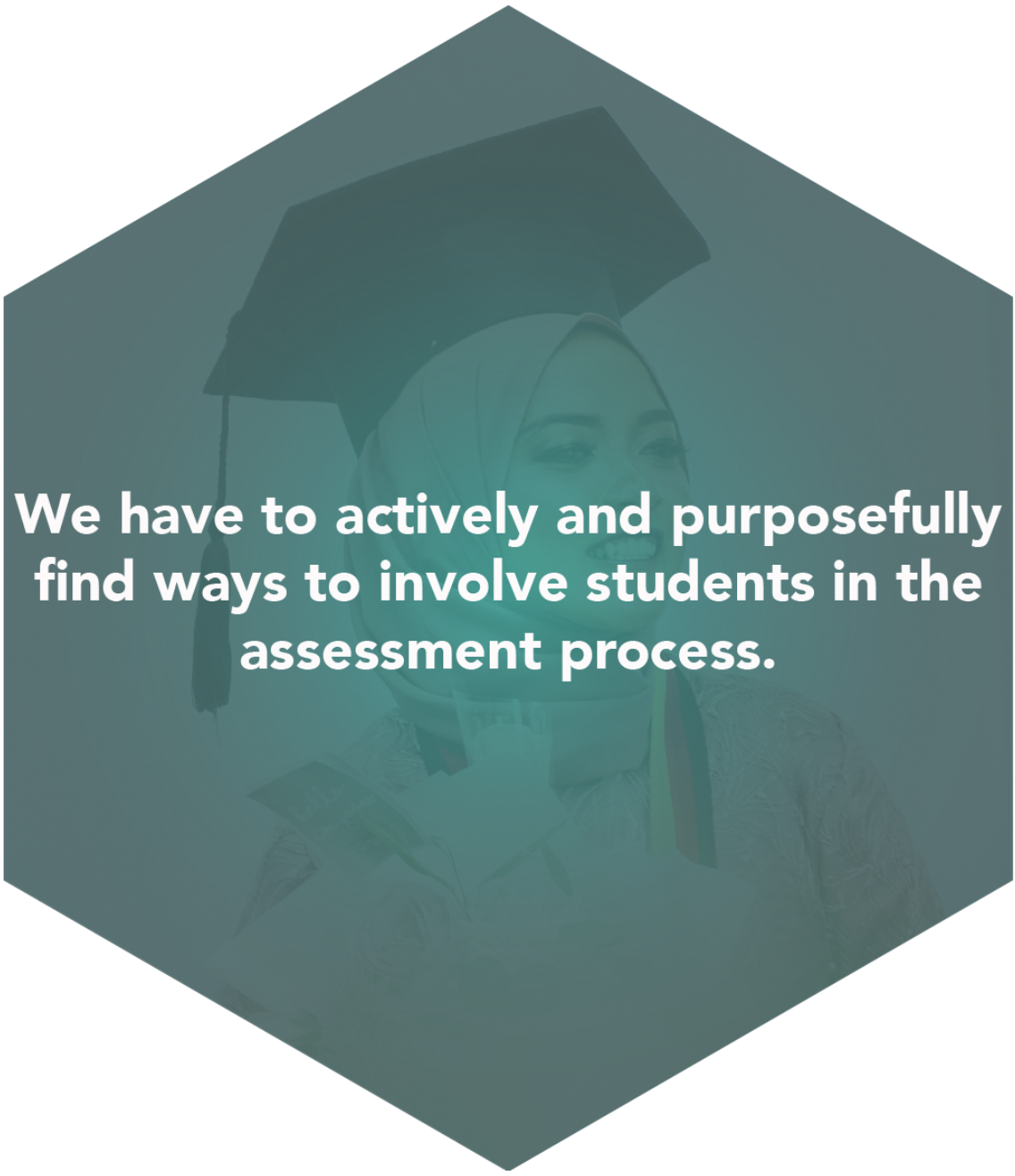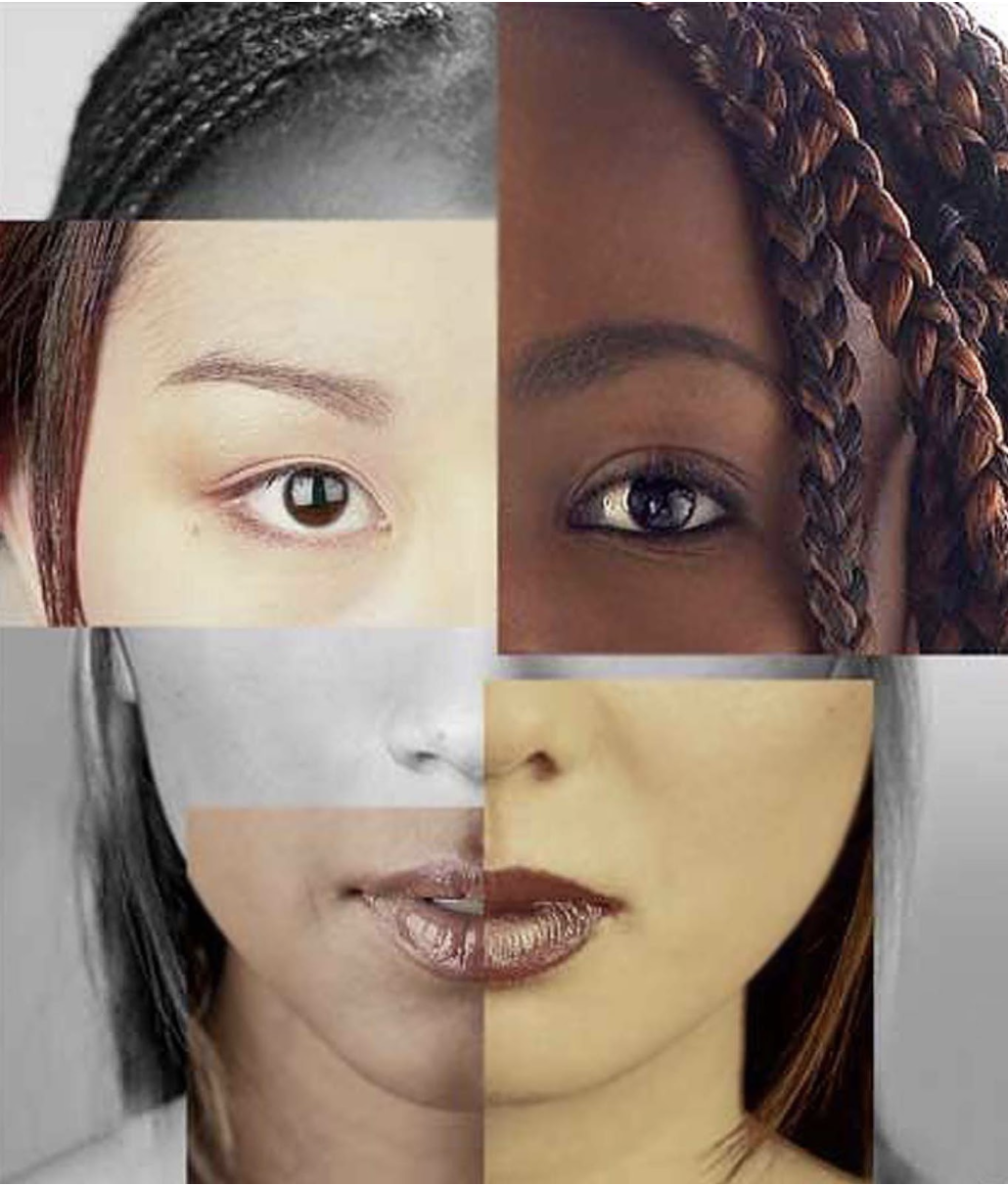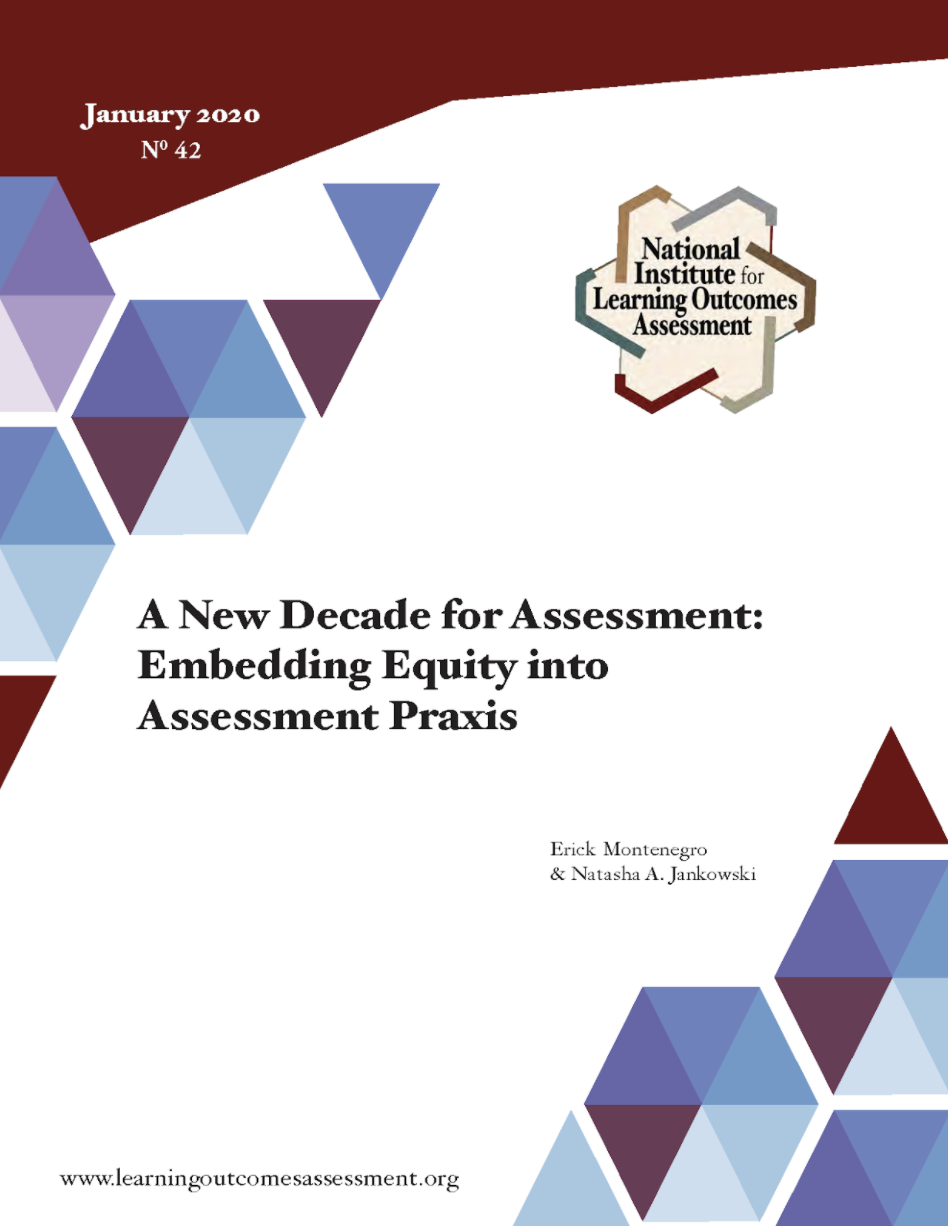A commitment to equity-minded assessment is needed to better support students and drive their success. Luckily, now there are examples of practice to follow.
There aren’t very many positives that one can use for motivation during a global pandemic. There aren’t many silver-linings to be found when systemic racism is not only persevering, but it is still relegating entire communities to the margins of society and leading to the loss of life. But if one can be gleaned—if one motivator and silver-lining can be stitched together—it may be the bright spotlight that has been placed on the need to remedy the many inequities affecting society and higher education; more specifically, on the need to address the inequities affecting our students.
For many years now, higher education has placed a band-aid on issues of equity through vague diversity initiatives – oftentimes focused on access and not so much on supports to ensure that students who are enrolled actually leave with a degree. Equity initiatives have often been passion projects or left to the “equity champion” in the department, college, or system. They have been after-thoughts added onto initiatives aiming to put out fires that have long been burning. Meanwhile, equity gaps have continued to widen across student populations.
The current realities affecting college students—both current and prospective—can no longer be ignored. The inequities that have long been present in higher education are coming to knock on our doors. COVID-19 revealed that the digital divide is not just real, but it is a chasm affecting many students. Of course structural racism has permeated the academy. These issues of equity have been impacting campus culture, student engagement, student persistence, and overall student success for years. Enough is enough.
We are seeing more and more campus leaders reaffirm a commitment to equity and we need assessment (and assessment leaders) to follow suit.
Engaging for Equity
The National Institute for Learning Outcomes Assessment (NILOA) has taken this challenge in full stride, and has embedded equity into its work and strategic plan. Equity-minded assessment ensures that our assessment processes and practices are appropriate for the students we serve so that we do no harm in the process. As explained by Montenegro and Jankowski (2020, p. 13), equity-minded assessment should:
- Check the biases of those conducting the assessment by asking reflective questions throughout the assessment process to address assumptions and positions of privilege;
- Use multiple sources of evidence appropriate for the students being assessed and assessment effort;
- Include student perspectives and take action based on those perspectives;
- Increase transparency in assessment results and actions;
- Ensure collected data can be meaningfully disaggregated and interrogated;
- Make evidence-based changes that directly address inequities.
Knowing very well that inequities can look differently department by department and institution by institution, NILOA partnered with the Council for the Advancement of Standards in Higher Education and Campus Labs (now Anthology), to launch a series of case studies focused on highlighting equitable assessment practice across a diverse group of colleges and universities. The hope is that with more examples of how assessment leaders approach assessment through an equity-lens, others can find ways to implement equity-minded assessment at their institutions.
For example, Capital University launched a campus climate study using Critical Race Theory (CRT) as the guiding framework (Lynner, Ho, Narui, & Smith, 2020). By using a critical race approach to assessment, Capital University did not assume that their campus climate was already equitable for all students. Instead, they asked intentional questions, such as:
- What are the actual experiences of students of color?
- Do students of color have different experiences than White students?
- Are students’ perceptions of diversity and inclusion different by race?
A critical approach to assessment, such as the one used by Capital, can be an effective way to bring equity into the assessment process (Heiser, Prince, & Levy, 2017) and can lead to more inclusive practices (Levy & Heiser, 2018).

Photo by Falaq Lazuardi on Unsplash
Embedding Equity
With such an intentional approach, equity-minded assessment can be effortlessly embedded within other assessment practices. For example, in Mapping and Assessing Student Learning in Student Affairs, Jankowski and Baker (2020) draw attention to important equity questions we should be asking ourselves as we map the interconnected nature of learning and align learning outcomes to different learning experiences across institutions:
- How, where, and which student voices are sought and included?
- Which students have access to different learning activities?
- What inequities exist that can be examined through learning maps?
- What assumptions about student behaviors are built into the design of learning experiences, assessments, and overall maps?
The key is to try to intentionally design equitable learning experiences for students while simultaneously helping students make sense of the experiences and the learning they acquired.
A key element of doing this effectively, however, is also actively seeking and including the student voice in the assessment process. Cornell University demonstrates how and why “equity-minded assessment practices should invoke participatory practices aimed at validating diverse stakeholder experiences” (Meyerhoff, 2020, p. 2). Cornell used equitable assessment practices by involving program and community stakeholders in Ripple Effect Mapping—a process of retrospectively and visually mapping chains of effects resulting from a program or learning experience. It builds on the belief that assessment “can and should go beyond counting things to identifying material outcomes. It also holds that we can only identify these impacts by including stories of diverse stakeholders and giving them equal validity in the analysis process” (Meyerhoff, 2020, p.3). So, we can’t just think of how students are being inequitably impacted and come up with the solutions we think are best—even if they are data informed. We have to actively and purposefully find ways to involve students in the assessment process.

NILOA Image
Ensuring Equity
Higher education is currently energized to address inequities prevalent across college campuses, and we should all be mindful of how our practice could help address some of the equity issues affecting students. What stands clear is that student affairs assessment leaders have a resoundingly crucial role in carrying this work forward for the sake of our students. The time is now to champion for equitable assessment practice; to encourage our peers, our departments, our institutions, and ourselves to be the change we need.
I hope we can use this opportunity to band together and champion for equity. Together we can relay the message that this matters for us, for the mission of higher education, and, more importantly, for our students. As always, I and NILOA are here to help and provide guidance along the way. For additional strategies to implement equity-mindedness during these uncertain times, I invite you to view a recording of a recent ACPA webinar “Equity-minded Assessment for Student Success During (and Beyond) COVID-19” presented by Kellie M. Dixon, Gavin Henning, Natasha A. Jankowski, and Anne E. Lundquist. The NILOA website also has a collection of equity-related resources you can explore and numerous materials related to other assessment-specific topics of interest. You can also follow me on Twitter to connect and keep the conversation going.
References:
- Jankowski, N. A., & Gianina R. Baker. (2020, June). Mapping and assessing student learning in student affairs. (Occasional Paper No. 45). Urbana, IL: University of Illinois and Indiana University, National Institute for Learning Outcomes Assessment.
- Heiser, C. A., Prince, K., Levy, J. D. (2017). Examining critical theory as a framework to advance equity through student affairs assessment. The Journal of Student Affairs Inquiry, 2(1).
- Levy, J. D., & Heiser, C. (2018, March). Inclusive assessment practice. (Equity Response). Urbana, IL: University of Illinois and Indiana University, National Institute for Learning Outcomes Assessment.
- Lynner, B., Ho, W., Narui, M., & Smith, J. (2020, July). Capital University: Pilot campus climate assessment through critical race theory. Urbana, IL: National Institute for Learning Outcomes Assessment, Council for the Advancement of Standards in Higher Education, and Campus Labs.
- Meyerhoff, L. (2020, June). Cornell University: Ripple effect mapping. Urbana, IL: National Institute for Learning Outcomes Assessment, Council for the Advancement of Standards in Higher Education, and Campus Labs.
- Montenegro, E., & Jankowski, N. A. (2020, January). A new decade for assessment: Embedding equity into assessment praxis. (Occasional Paper No. 42). Urbana, IL: University of Illinois and Indiana University, National Institute for Learning Outcomes Assessment.
Erick Montenegro, NILOA’s Communication Coordinator and Research Analyst

